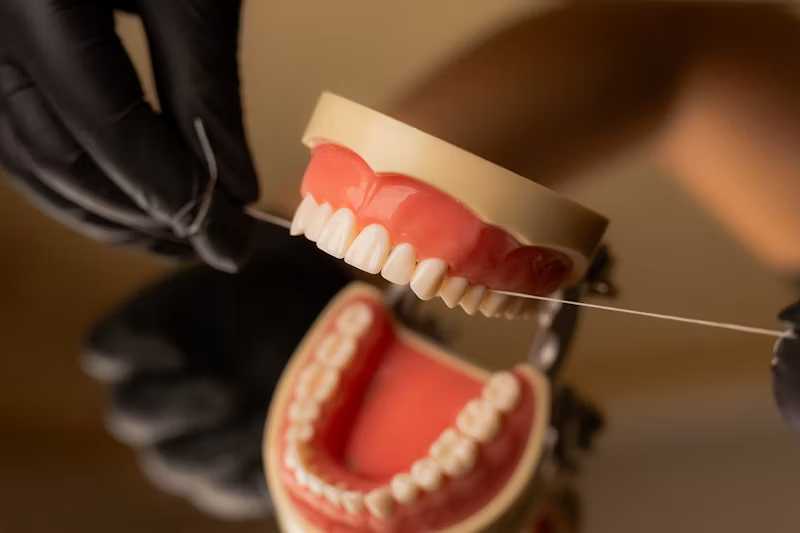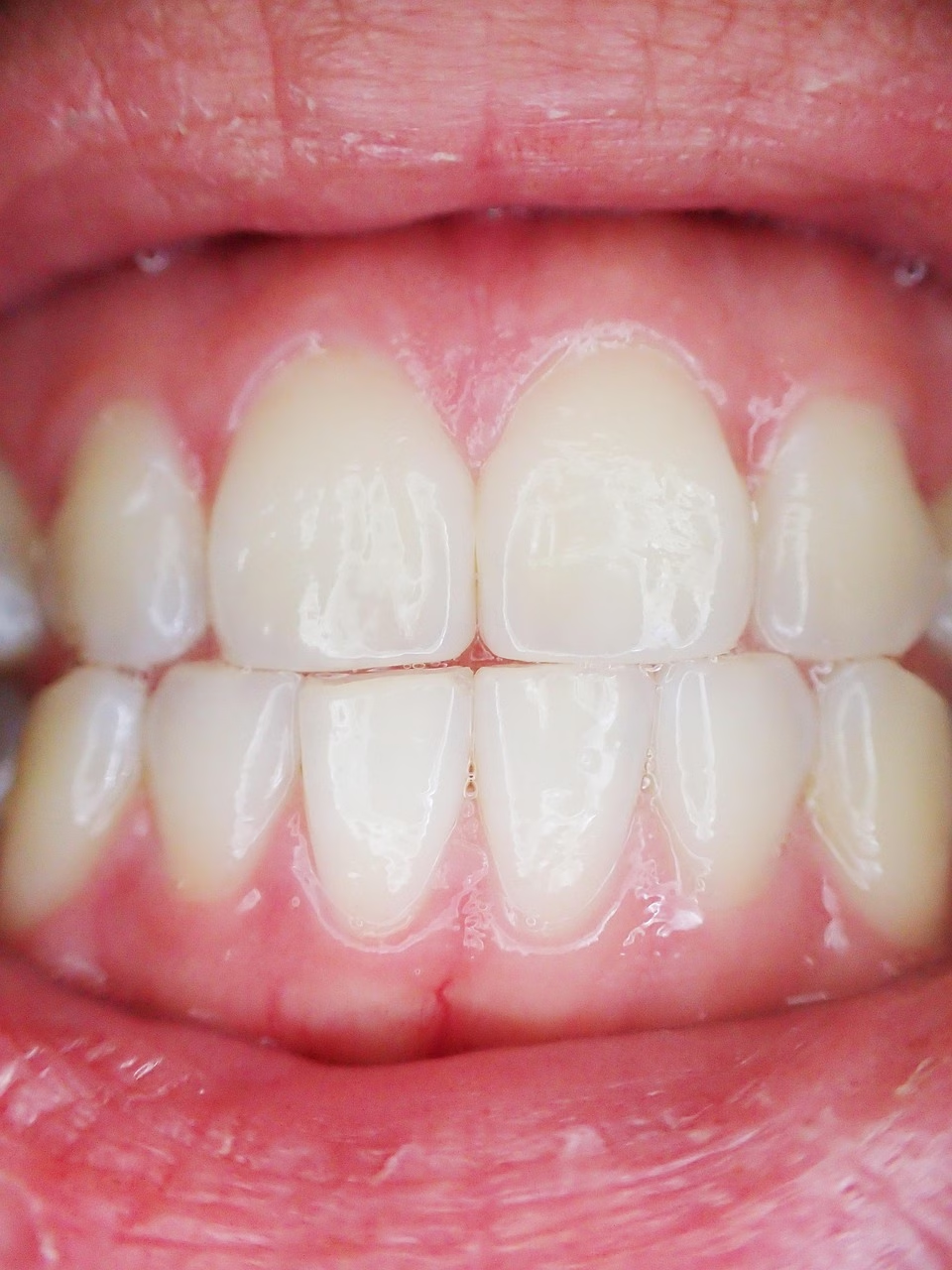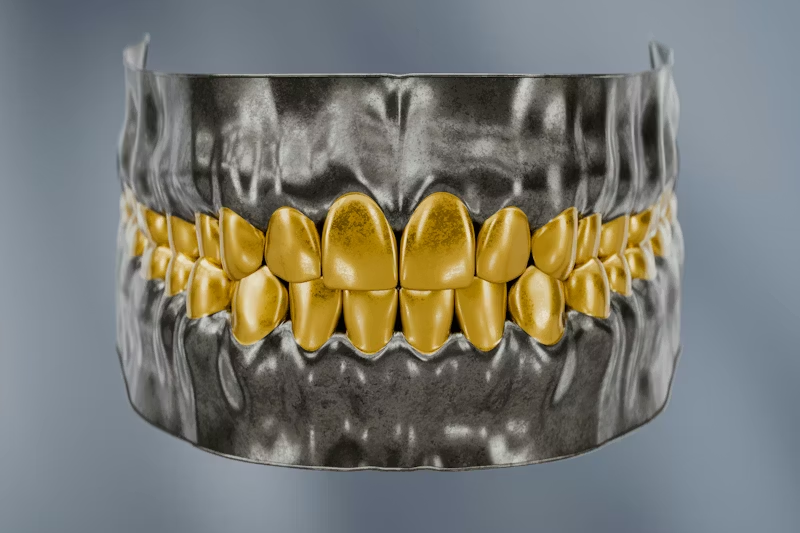Tooth Inlay vs. Filling: What’s the Difference?

Let’s face it: going to the dentist isn’t anyone’s favourite activity. But when it comes to keeping our pearly whites in tip-top shape, understanding the different treatments available can make all the difference. Today, we’re diving into the world of tooth inlays and fillings. They both fix cavities, but they do it in their own unique ways. So, what’s the difference? Let’s find out!
What Are Dental Fillings?
Most of us have had a filling at some point. You know the drill (pun intended). You’ve got a cavity, and the dentist needs to sort it out.
Here’s how it goes down:
1. Spot the Decay: Your dentist finds a cavity.
2. Clean It Out: They remove the decayed part of the tooth.
3. Fill It Up: The cavity is filled with a special material.
Now, these filling materials can be a few different things:
Amalgam: This is the silver-coloured stuff. It’s super durable but not exactly discreet.
Composite Resin: This blends in with your natural tooth colour, so it’s much less noticeable.
Gold: Long-lasting and sturdy, but it stands out and is a bit pricier.
Ceramic: Tooth-coloured and durable, but also on the more expensive side.
Fillings are perfect for small to medium-sized cavities and can usually be sorted in one visit. Easy peasy!
What Are Dental Inlays?
Inlays are a bit more of a big deal compared to fillings. Think of them as a middle ground between a filling and a crown. They’re used when there’s more damage than a filling can handle but not enough to need a full crown. Here’s the lowdown:
1. Prep the Tooth: The dentist removes the decayed part, similar to a filling.
2. Take an Impression: They take a mould of your tooth and send it off to a lab.
3. Temporary Fix: You might get a temporary filling while the inlay is being made.
4. Fit the Inlay: On your next visit, the custom-made inlay is cemented into place.
Inlays are usually made from porcelain, composite resin, or gold. They’re custom-crafted to fit your tooth perfectly, making them a top-notch option for larger cavities or damage on your molars.
Key Differences Between Inlays and Fillings
So, what’s the real difference between these two? Let’s break it down:
1. Material and Crafting:
o Fillings: Made on the spot, right in your mouth.
o Inlays: Custom-made in a lab to fit your tooth exactly.
2. Strength and Durability:
o Fillings: Good for smaller cavities and less chewing pressure.
o Inlays: Much stronger and better for larger areas of damage.
3. Procedure Length:
o Fillings: Done in one visit.
o Inlays: Usually need at least two visits – one for the impression and one for fitting.
4. Aesthetics:
o Fillings: Composite fillings blend in, but amalgam ones are pretty noticeable.
o Inlays: Designed to match your tooth colour, so they look very natural.
When to Choose Which?
Choosing between a filling and an inlay comes down to how much damage there is and where it’s located:
Fillings: Best for smaller cavities and minor damage.
Inlays: Ideal for larger cavities, especially on chewing surfaces, and when you want something that lasts longer and looks great.
Conclusion
Both tooth inlays and fillings are great ways to fix cavities and keep your teeth healthy. Fillings are quick and easy for minor repairs, while inlays offer a durable, and natural-looking solution for bigger issues. If you’re not sure which is right for you, have a chat with your dentist. They’ll guide you to the best option for your smile.
Remember, regular check-ups and good oral hygiene are your best defence against cavities. So keep brushing, flossing, and visiting your dentist regularly. Your teeth will thank you!
For more information, contact us via the Chat button in the ToothFairyApp!
Last updated on July 16, 2024

Kian Dhinsa
Dr. Kian Dhinsa is a Birmingham-based dental practitioner with a special interest in orthodontics, general dentistry, and and surgery.
He has been recipient of numerous awards, for dental care and digital innovation.
Kian Dhinsa
Dr. Kian Dhinsa is a Birmingham-based dental practitioner with a special interest in orthodontics, general dentistry, and and surgery. He has been recipient of numerous awards, for dental care and digital innovation.





